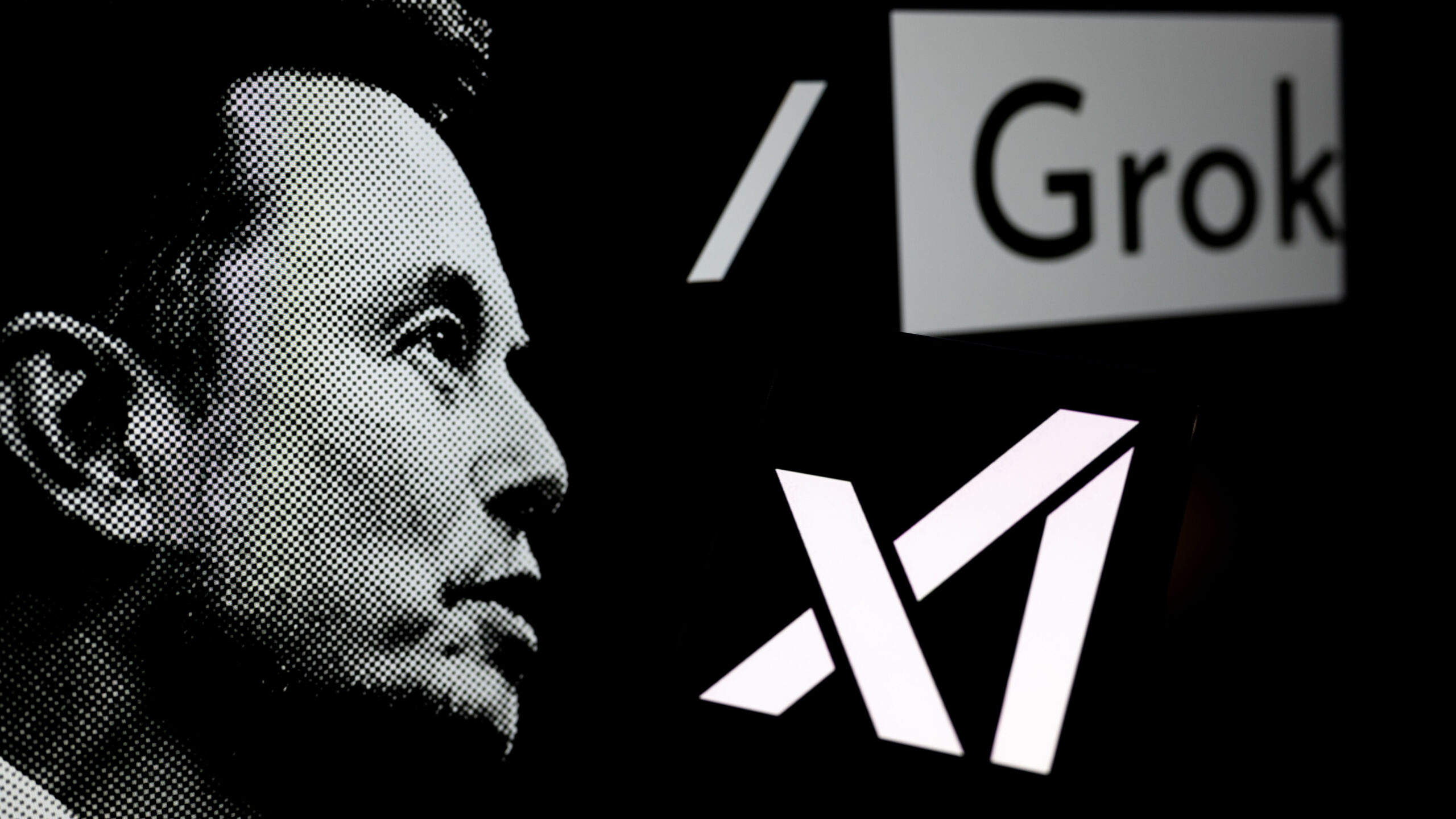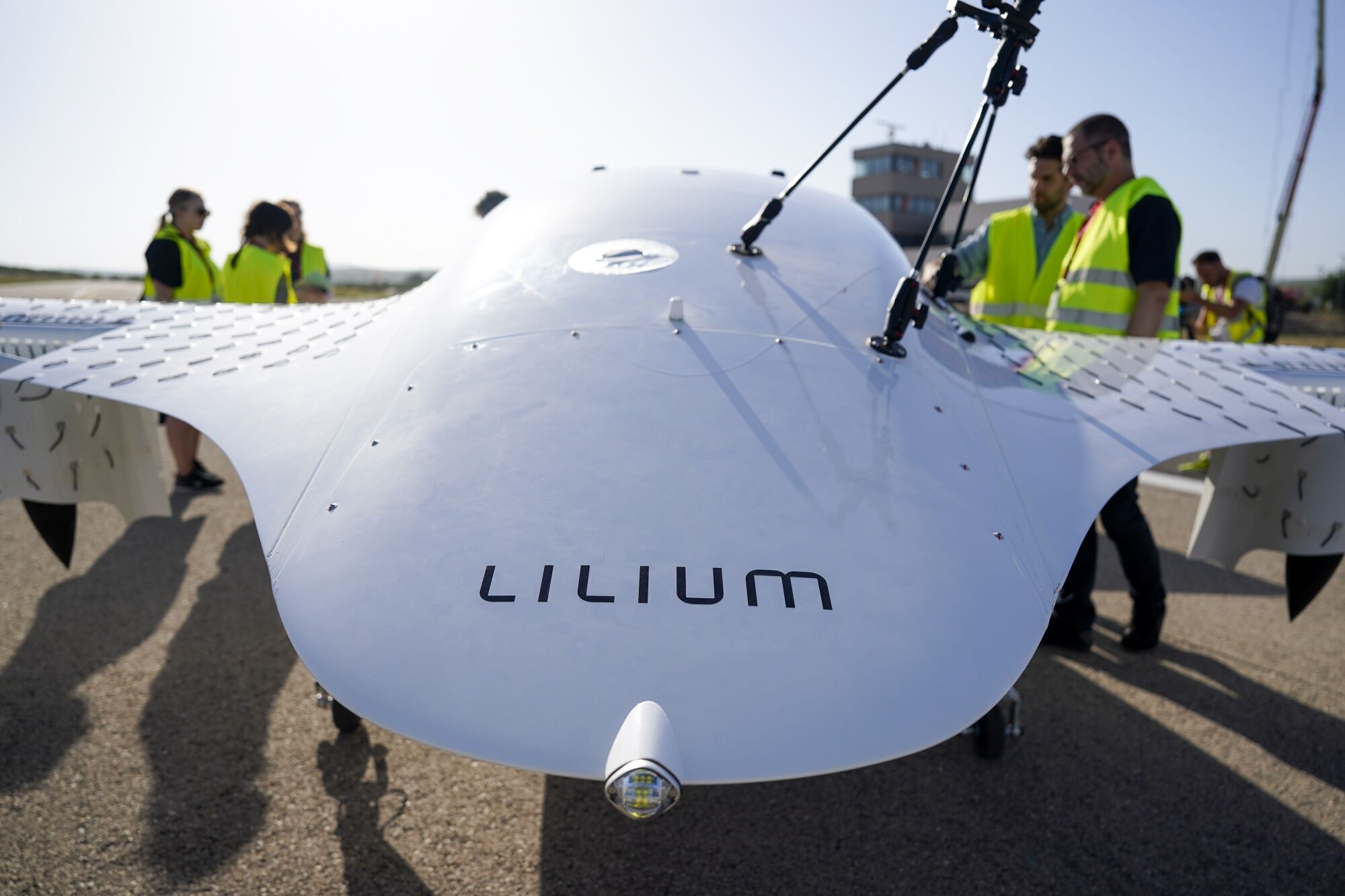HyperWrite’s Reflection 70B, a new large language model (LLM) based on Meta’s Llama 3.1-70B Instruct, has been introduced by Matt Shumer, CEO of HyperWrite. Shumer claims that Reflection 70B is now the most powerful open-source AI model in the world, outperforming Meta’s Llama series and competing with top commercial models. What sets Reflection 70B apart is its innovative self-correction capability, allowing the model to recognize and fix its own mistakes during inference, enhancing its accuracy in various tasks.
Reflection 70B has been tested on multiple benchmarks, including MMLU and HumanEval, using LMSys’s LLM Decontaminator to ensure clean, reliable results. These benchmarks demonstrate the model’s ability to surpass its competitors in terms of performance. Users can interact with the model through a demo on a dedicated website, but the overwhelming demand has caused traffic issues, with Shumer’s team working to scale up GPU resources to meet the surge.
A key feature of Reflection 70B is “reflection tuning,” which allows the model to detect errors in its reasoning and correct them in real time. The system uses special tokens to mark reasoning steps, enabling more structured interaction and accurate outputs. This makes it particularly useful for tasks requiring precision, such as comparing numbers or counting characters in words, areas where many other models often fail.
Shumer also revealed plans for an even more powerful model, Reflection 405B, set to release soon, which is expected to outpace top closed-source models like OpenAI’s GPT-4. In addition, HyperWrite intends to integrate Reflection 70B into its main AI writing assistant, with details on this integration expected soon.
The rapid development of Reflection 70B was made possible by Glaive, a startup specializing in generating synthetic data for AI model training. Glaive’s technology allowed the HyperWrite team to quickly create high-quality datasets tailored to their needs, reducing the model’s training time to just three weeks. Shumer credited Glaive for this efficiency, highlighting how synthetic data can accelerate AI development.
HyperWrite, originally founded as Otherside AI in 2020, has grown significantly since its inception. Initially launched as a tool for crafting emails, HyperWrite has expanded to provide a range of AI-driven services, with two million users as of late 2023. The company’s cautious approach to accuracy and safety in AI development mirrors the reflection capabilities embedded in its latest models.
Looking forward, Shumer’s ambition is for Reflection models to set new standards for open-source AI, challenging established players in the industry like OpenAI, Anthropic, and Microsoft. With Reflection 405B on the horizon, the balance of power in generative AI might be shifting towards open-source innovations.







Leave a Reply